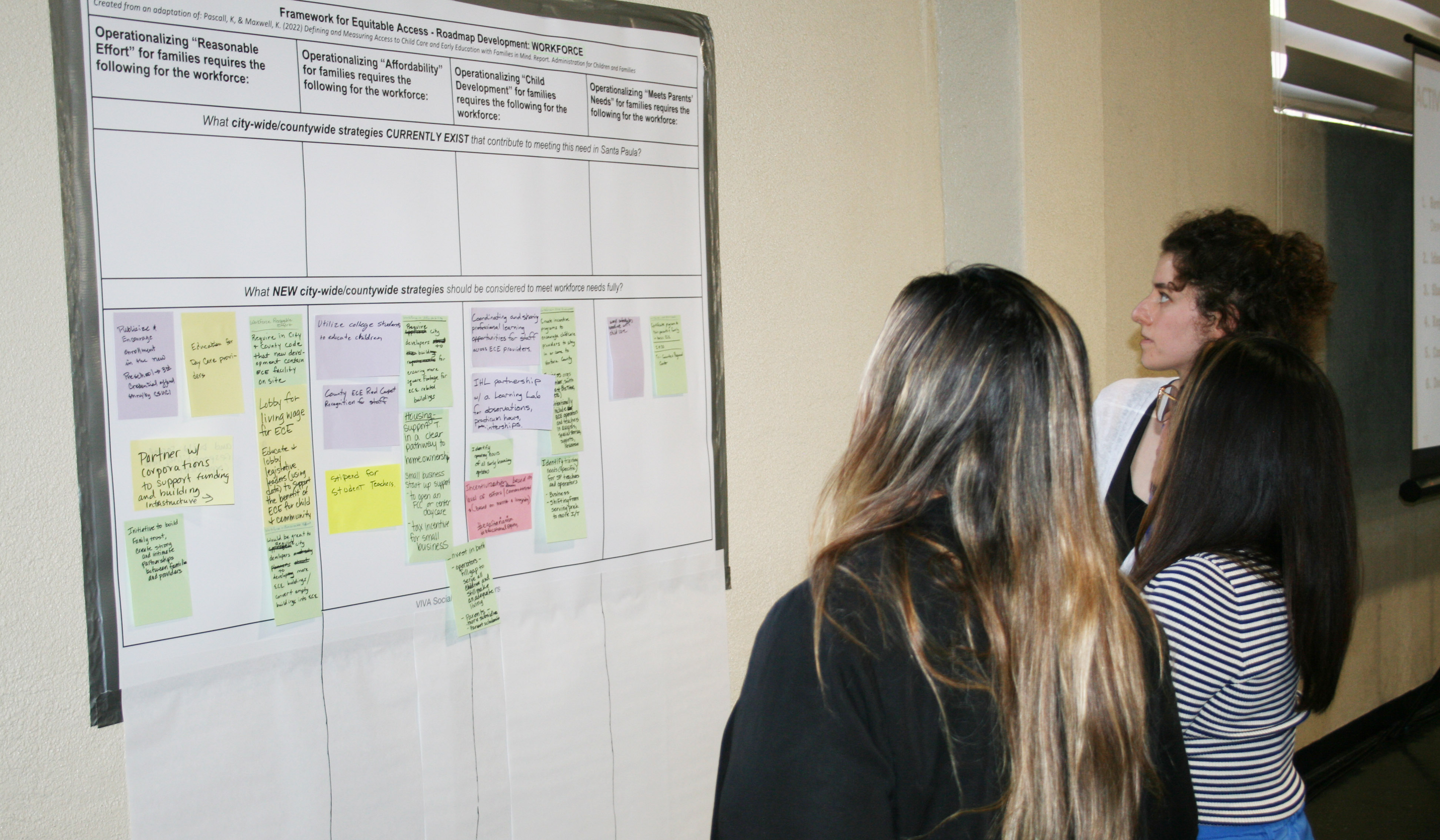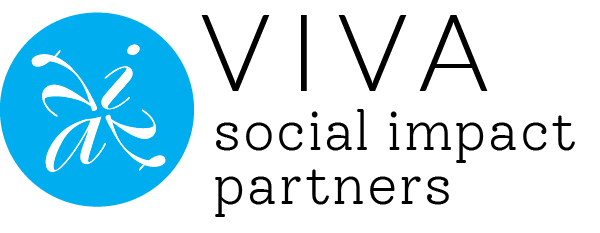2 min read
Learnings from 2 Years of Universal Pre-K Implementation in California
Christina Collosi
May 22, 2024
Blog

A little over two years ago, the State of California released three efforts–-Universal PreKindergarten and Transitional Kindergarten Planning Grant, Early Education Teacher Development Grant Program, and Expanded Learning Opportunities Program (ELO-P). Collectively called Universal PreKindergarten (UPK), they've created tremendous opportunity. We learned a lot through providing technical assistance and planning support to Local Education Agencies in the initial phase of planning, and in supporting all types of early childhood organizations to figure out what families and early educators need and want during this time of transition.
We’re in the messy middle of UPK - the time when it’s important to acknowledge both that the significant increase in early learning investment is exciting, but also that early implementation is difficult!
Here are three cross-cutting lessons we have learned from our work across the state:
- Transitional Kindergarten has been highly challenging to implement as intended. A few core challenges include: 1) Readiness of the teaching workforce to serve younger children; 2) Lack of adequate facilities, especially the lack of classrooms with bathrooms; 3) Lack of adequate workforce capacity, including both teachers and aide/assistant teachers; 4) Predicting the uptake has led to challenges with classroom space and workforce.
- Knowledge of the existence of Transitional Kindergarten is uneven. Awareness of Transitional Kindergarten is much higher in middle- and upper-income parents than in low-income families. This has also been reported on by Stanford University's Center on Early Childhood.
- The impact of Transitional Kindergarten on centers and family child care is growing. As families learn about Transitional Kindergarten over the year, they are pulling children out of other settings, leaving centers and family child care in a much more dire state of continuous enrollment. Due to the inadequate subsidy reimbursement rates of infants and toddlers to compensate for the lower numbers of children they can serve for this age group, there is a significant financial burden on ECE providers.
What does this mean?
The needs will be different for each county, but here are some approaches to consider:
- Talk to ECE providers and families to understand what they’re experiencing locally.
- Look at the funding opportunities through UPK. Where is there funding and where is there local capacity? Can partnerships be created between schools and early learning programs to support age-appropriate before/after school care and leverage ELO-P funding?
- Work with the full spectrum of early learning stakeholders to create an early learning roadmap that addresses the impact of UPK on early care and education
- Invest in information equity - ensure there is widespread dissemination of information about preschool and TK, particularly in hard-to-reach communities.
How has your organization or community approached the UPK opportunity? We’re interested in hearing from stakeholders across California. Let us know!
